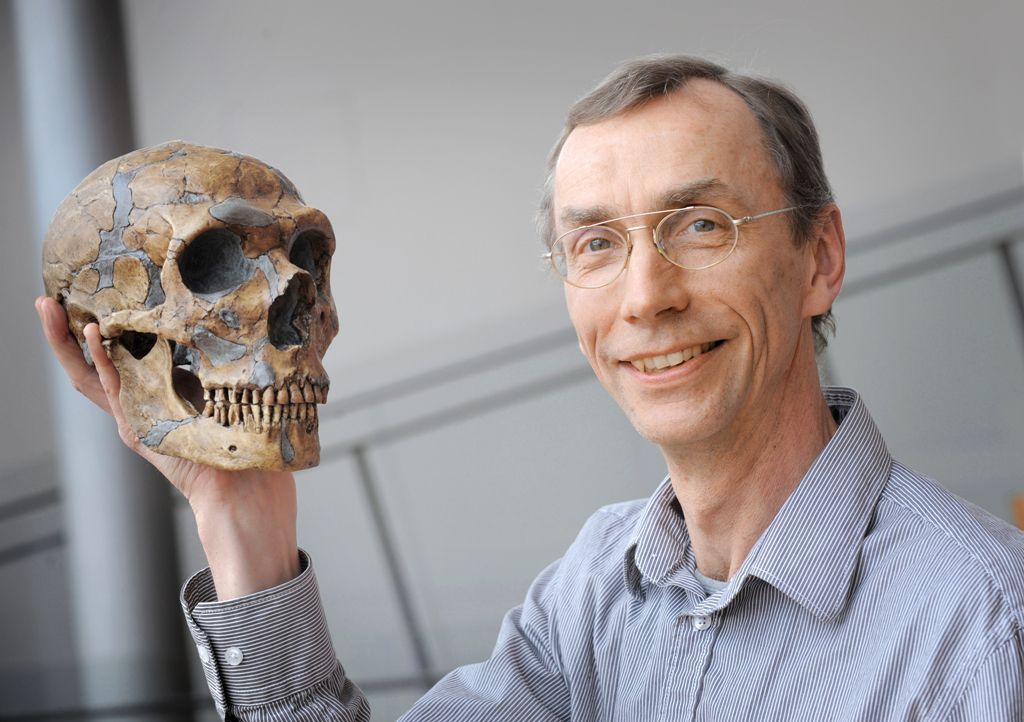-
 Digestive system
Digestive system
-
 Family
Family
-
 Key
Key
-
 Insect
Insect
-
 Rafter
Rafter
-
 Transposon
Transposon
-
 SST
SST
-
 Irradiation
Irradiation
-
 Pleochroism
Pleochroism
-
 Dashboard
Dashboard
-
 MD2
MD2
-
 Coralloid
Coralloid
-
 IFP
IFP
-
 Metapleural gland
Metapleural gland
-
 RPG
RPG
-
 Submersion
Submersion
-
 Emulsion
Emulsion
-
 Fairing
Fairing
-
 Zircon
Zircon
-
 Nucleolus
Nucleolus
-
 Toolbar
Toolbar
-
 Enteric fever
Enteric fever
-
 DMS
DMS
-
 Apoplexy
Apoplexy
-
 E85
E85
-
 Minerva
Minerva
-
 Stamping mill
Stamping mill
-
 Biofuels
Biofuels
-
 Leaving group
Leaving group
-
 CFM
CFM
Neanderthal
The Neanderthal is a fossil human that gets its name from the discovery of a few remains, in 1856, in a quarry in the Neander valley, neandertal in German. In fact, other specimens of the same species had already been found on several occasions during the 19th century. Neanderthal man has only been found in Europe. The oldest known specimens are between 450,000 and 500,000 years old, the most recent are about 30,000 years old.
Its phylogenetic position is still under debate. Some scientists believe it is simply a member of the Homo sapiensspecies (our species) or a subspecies. Many others classify it as a separate species, Homo neanderthalensis (or neandertalensis), which would coexisted for a long time with the human species.
Neanderthals had discovered fire, cut stone to create tools, built huts, hunted mammoth and most likely created tombs. We do not have any proof that they used language, and the cause of their disappearance remains unknown.
 Svante Pääbo holds the skull of a Neanderthal in his hand. © Max Planck Institute for Evolutionary Anthropology, Leipzig
Svante Pääbo holds the skull of a Neanderthal in his hand. © Max Planck Institute for Evolutionary Anthropology, Leipzig
Latest
Fill out my online form.



